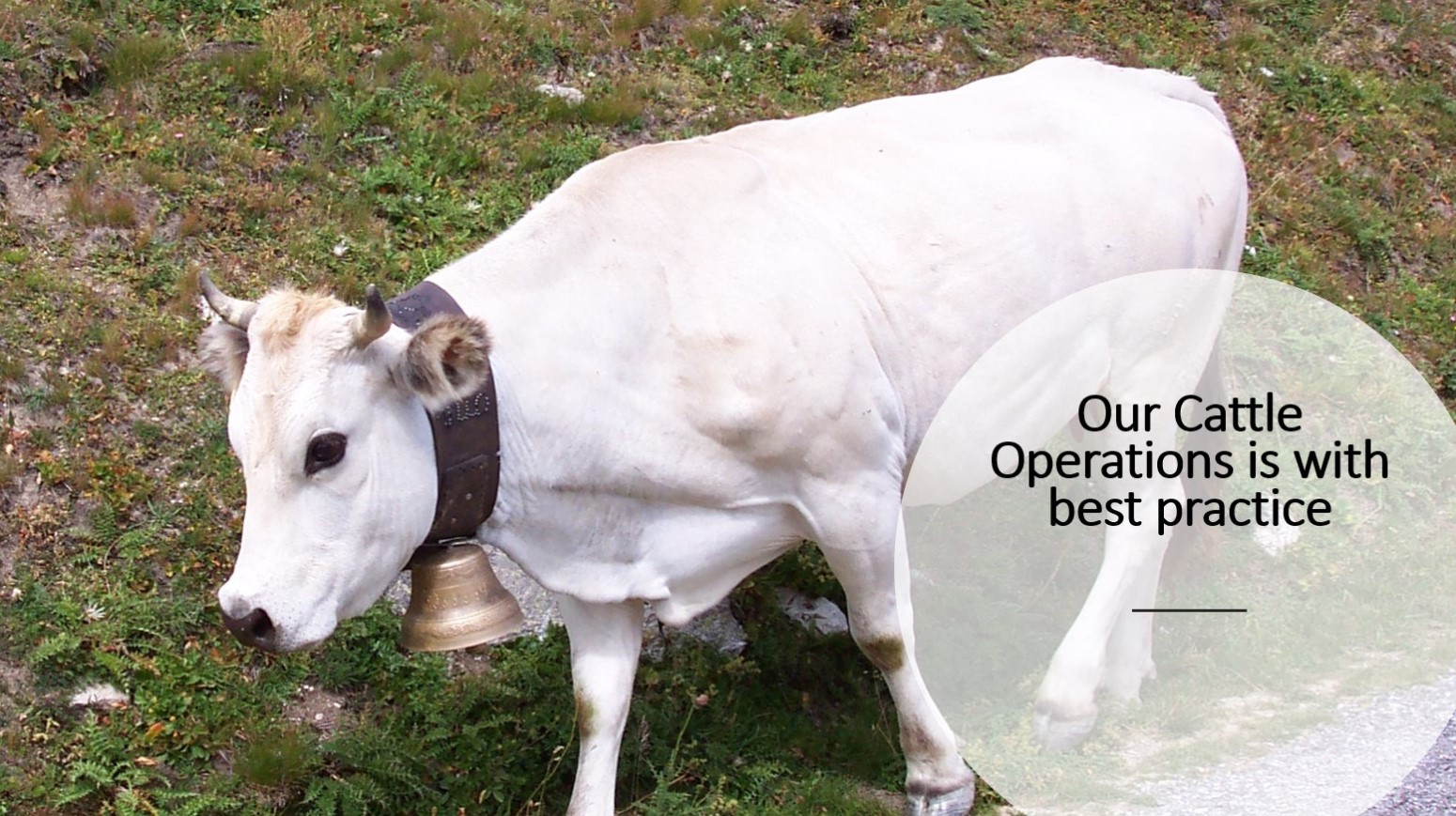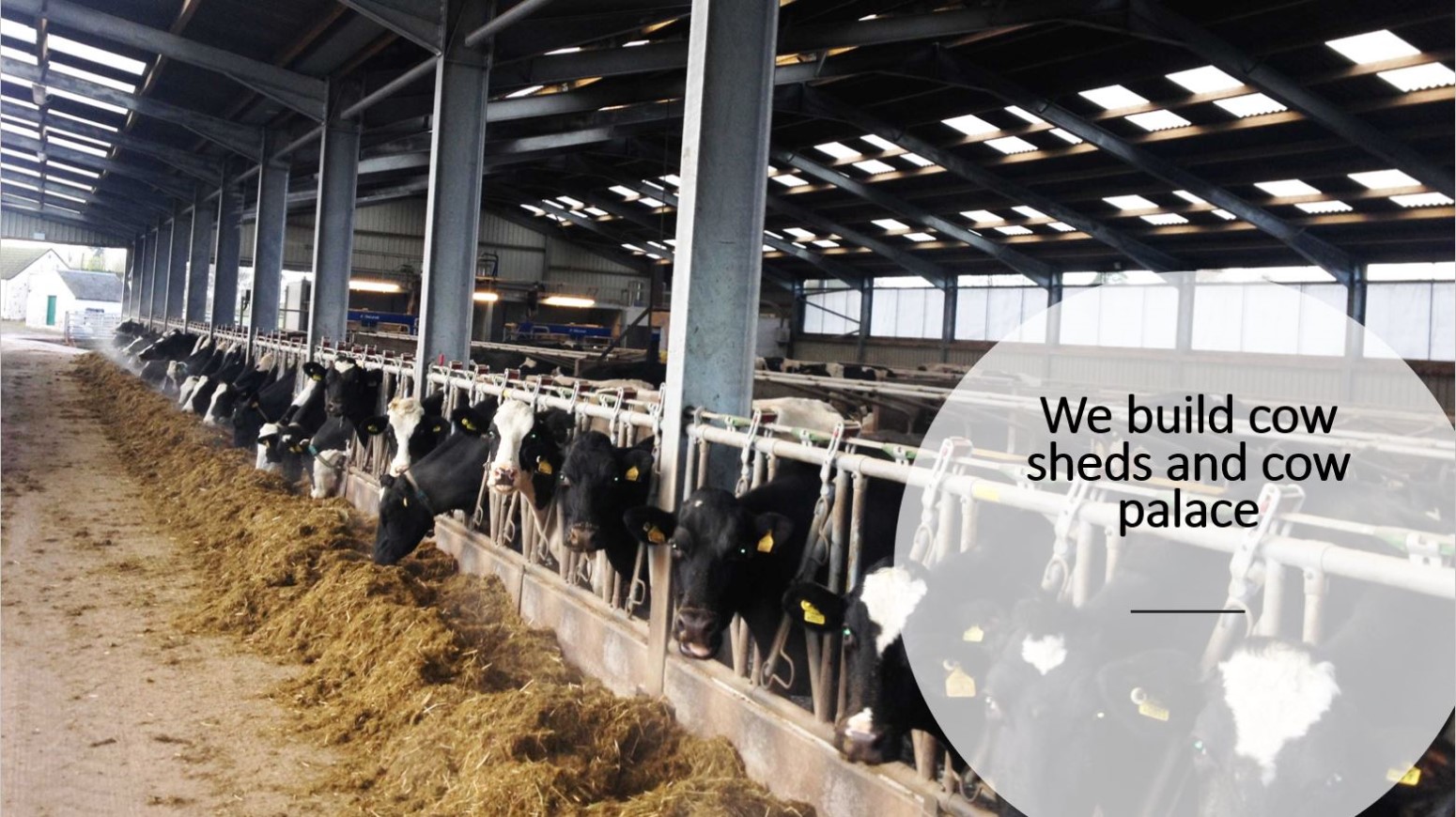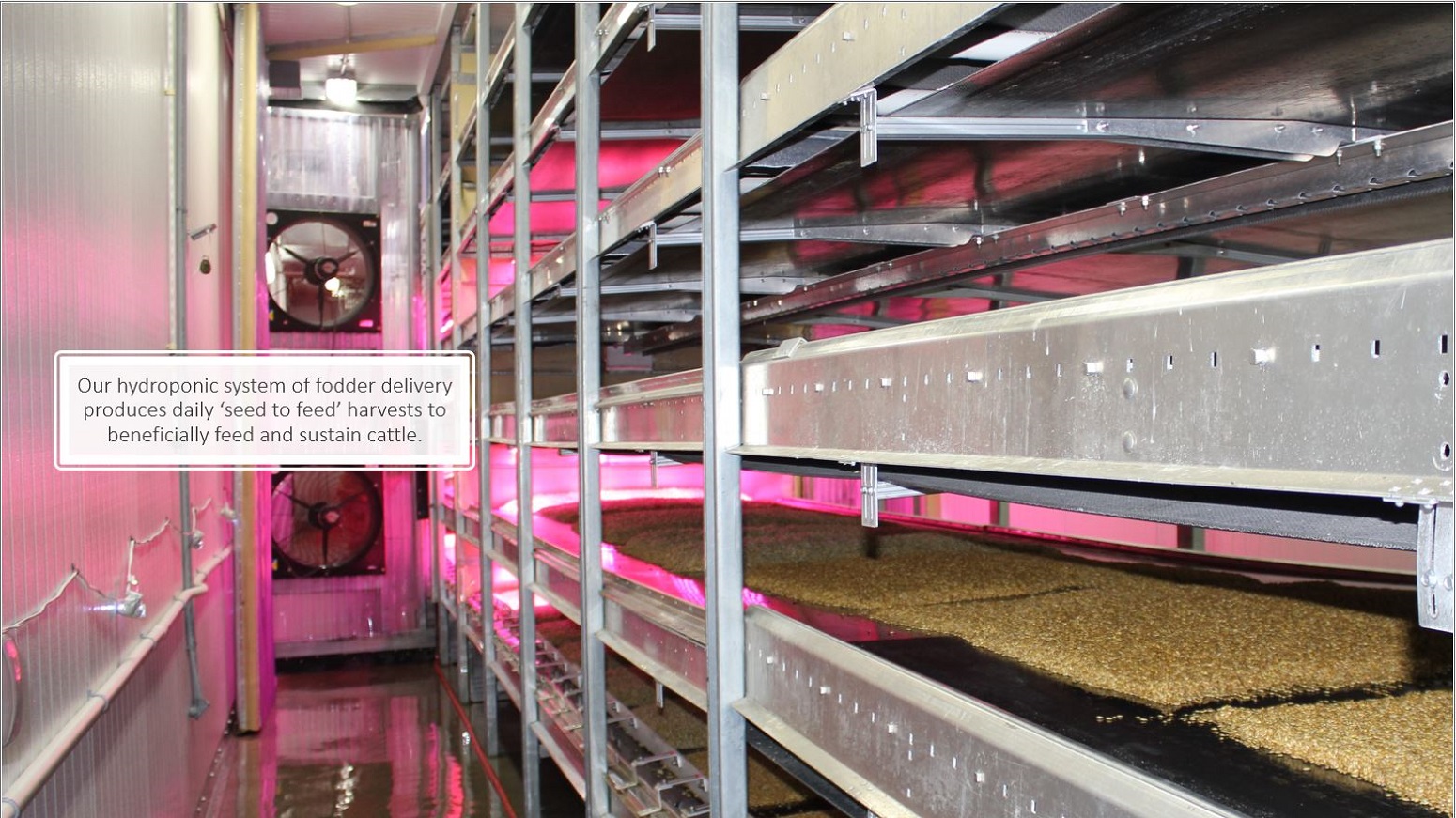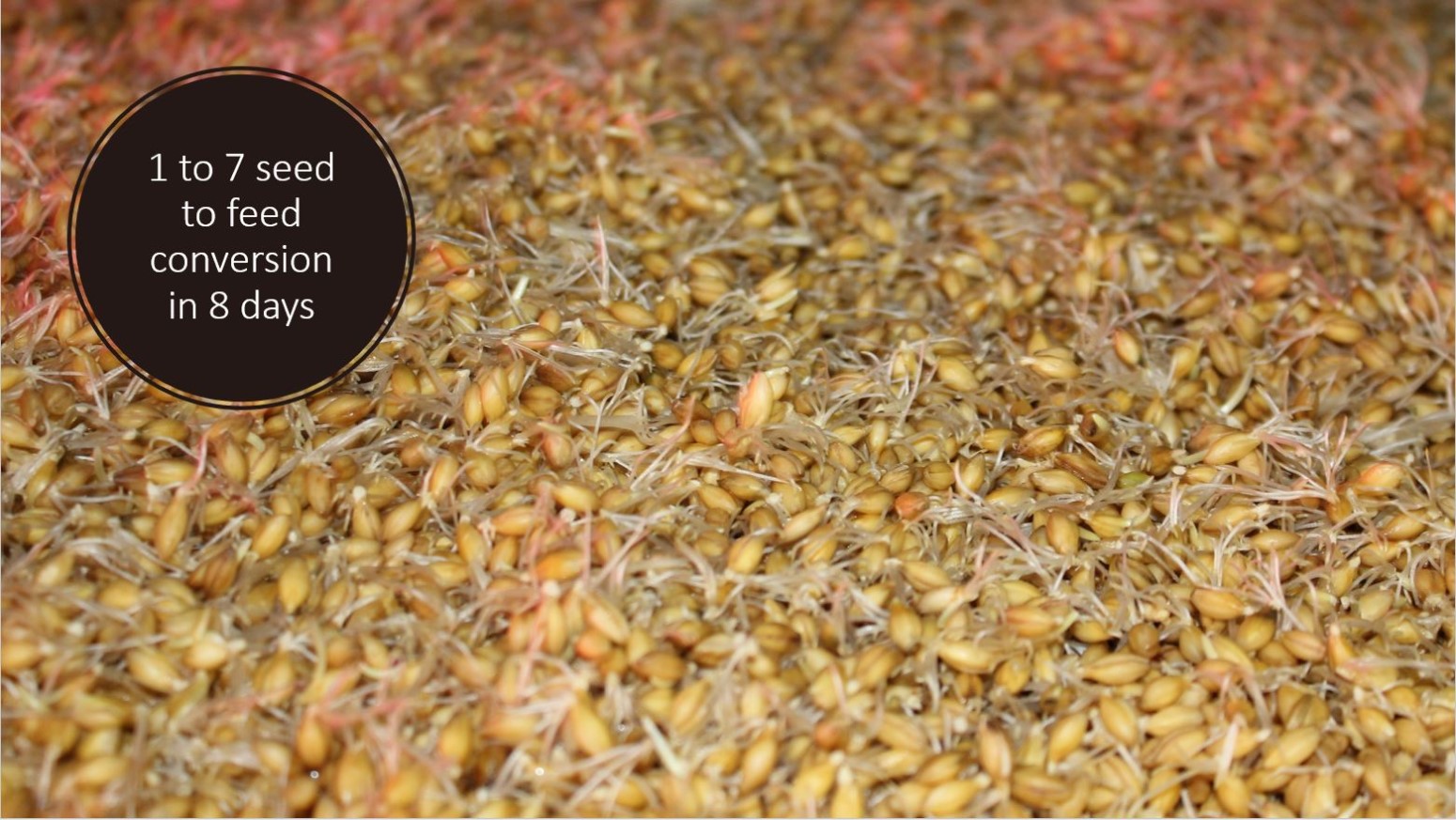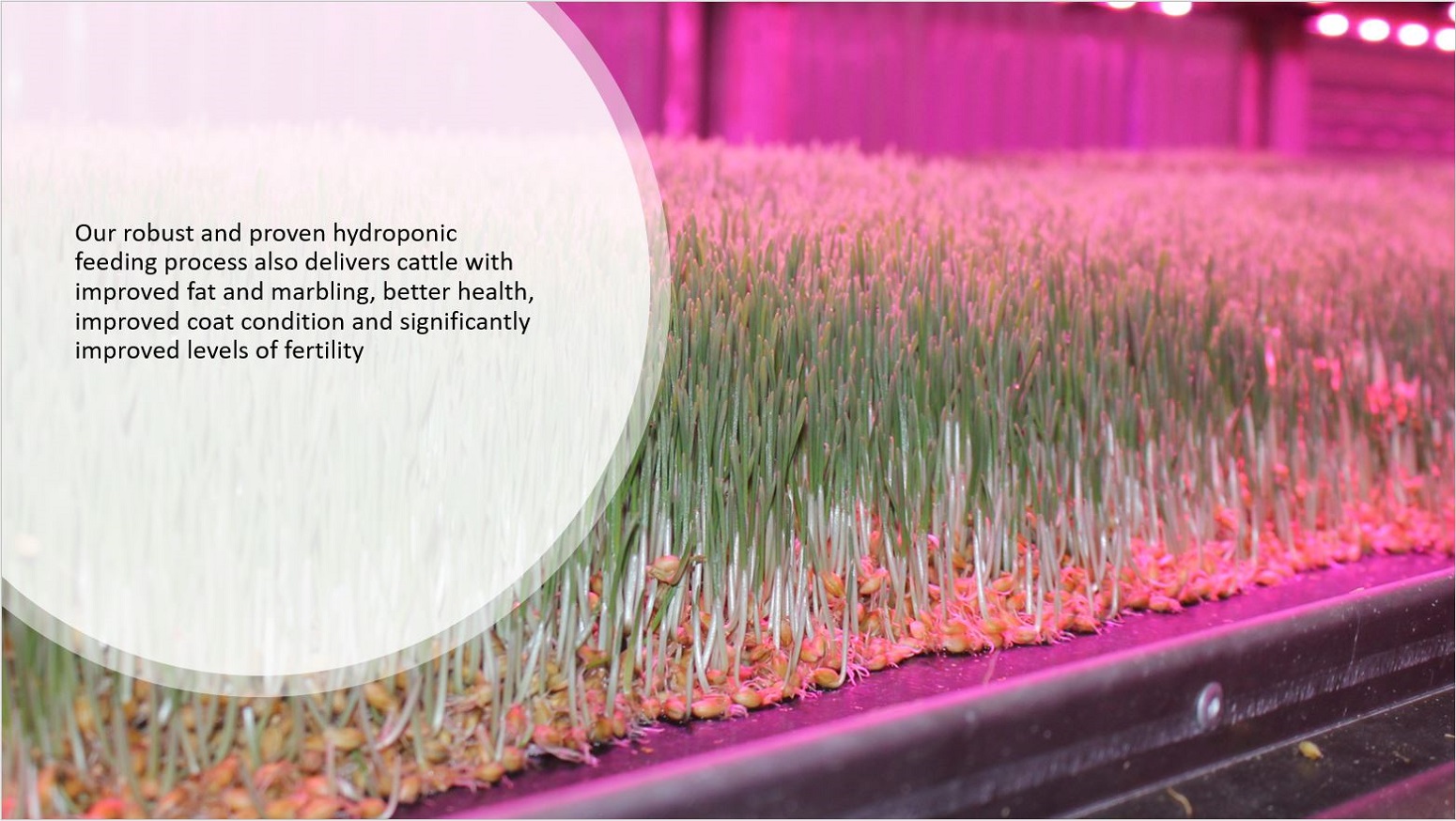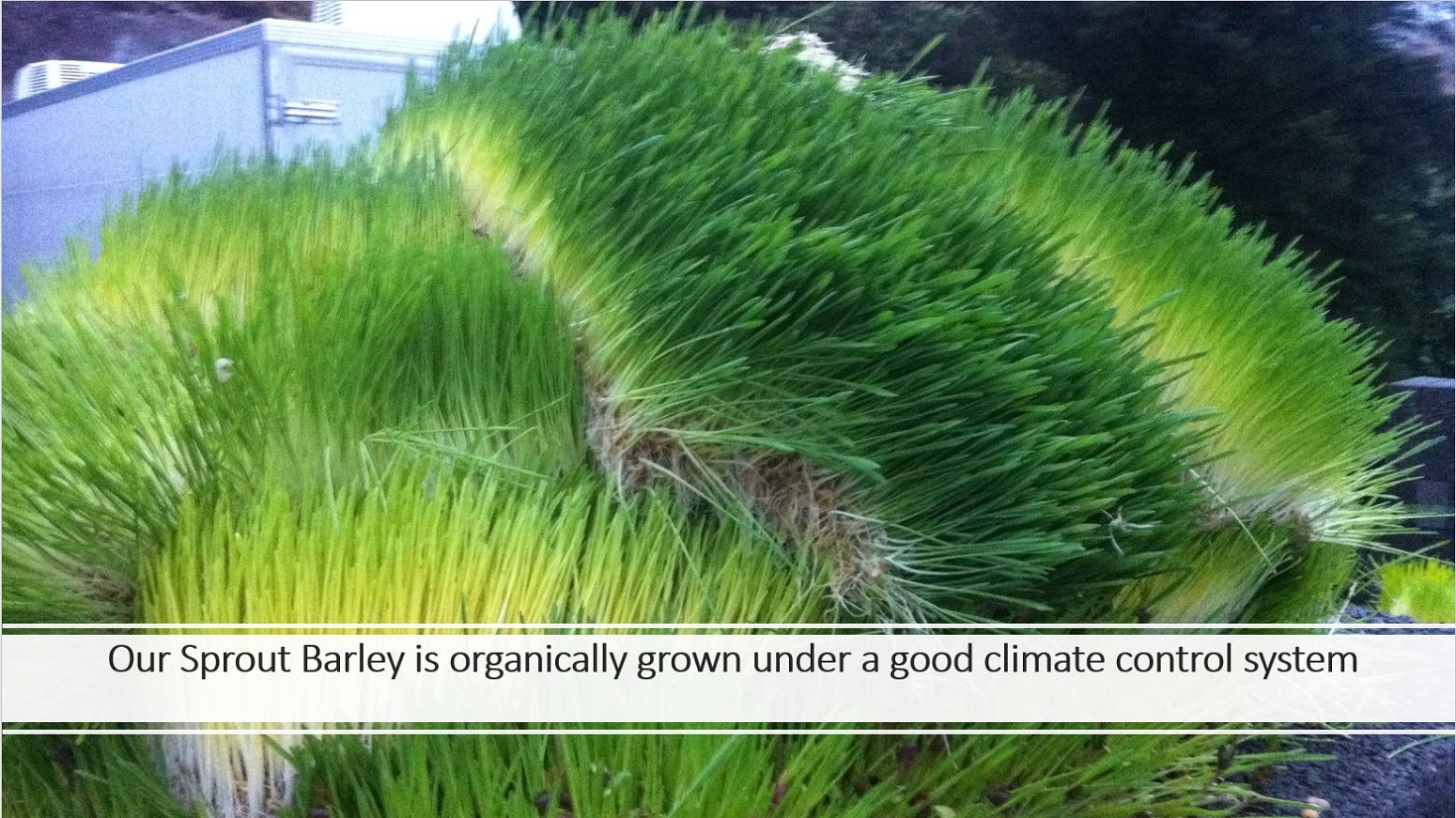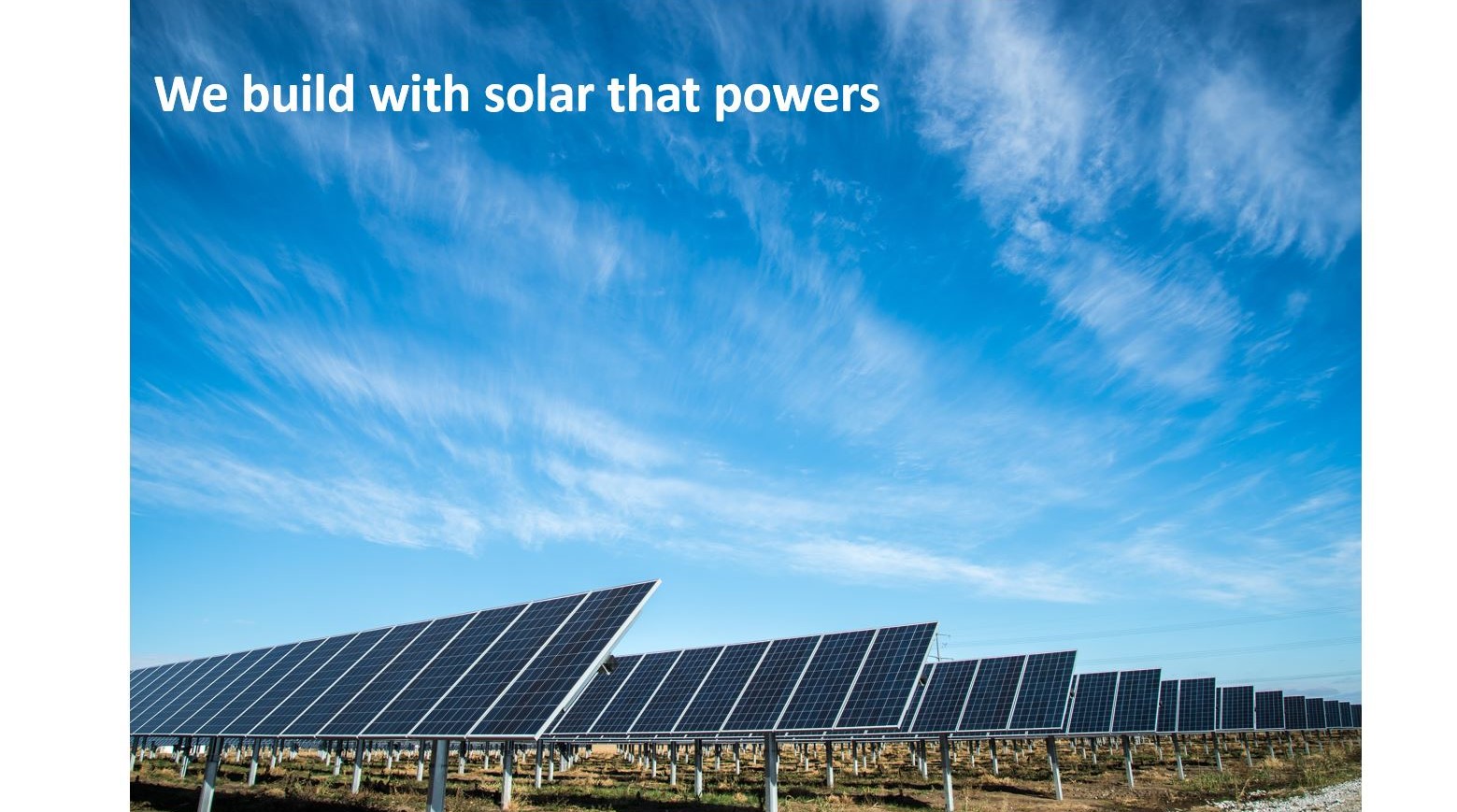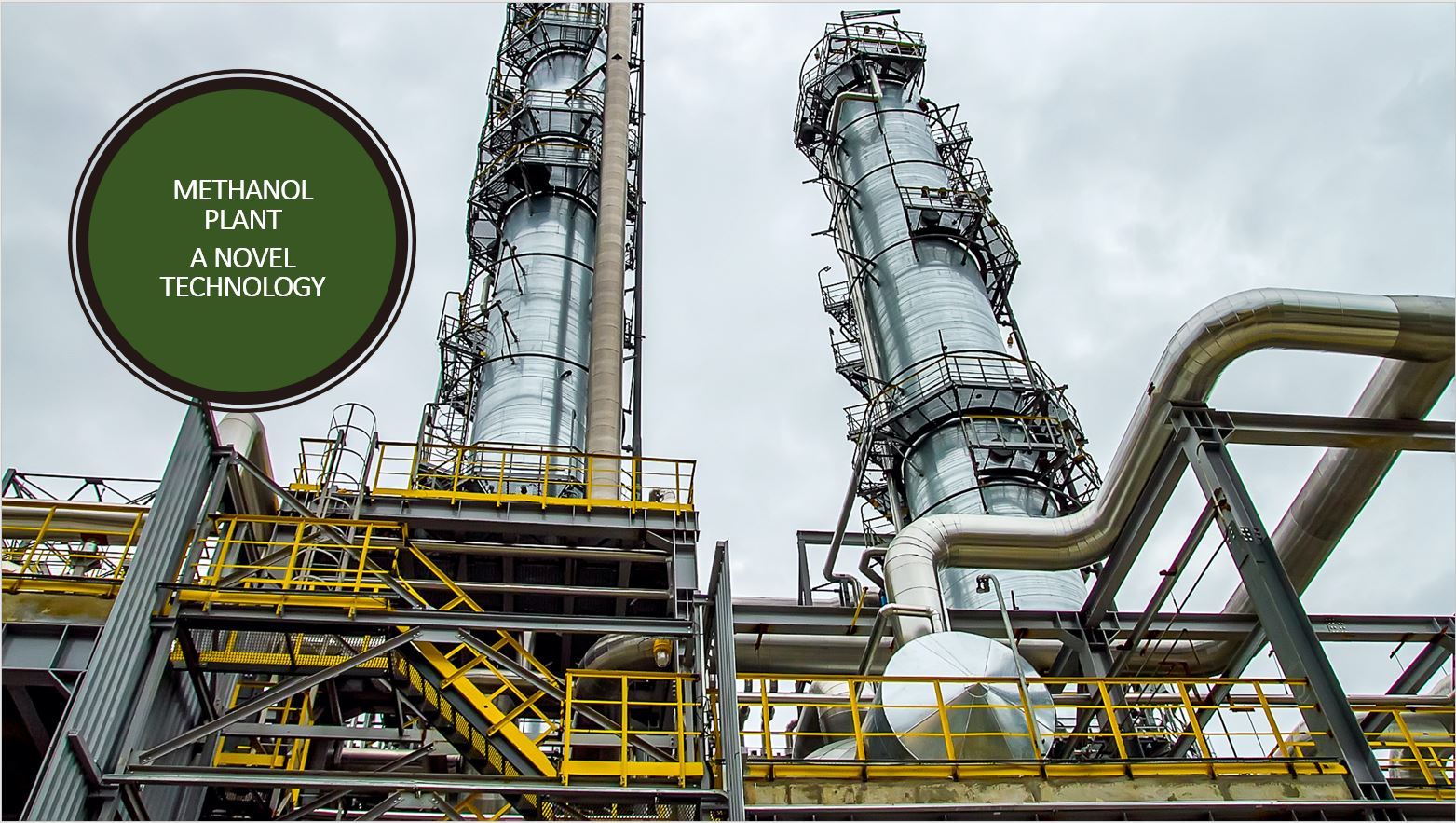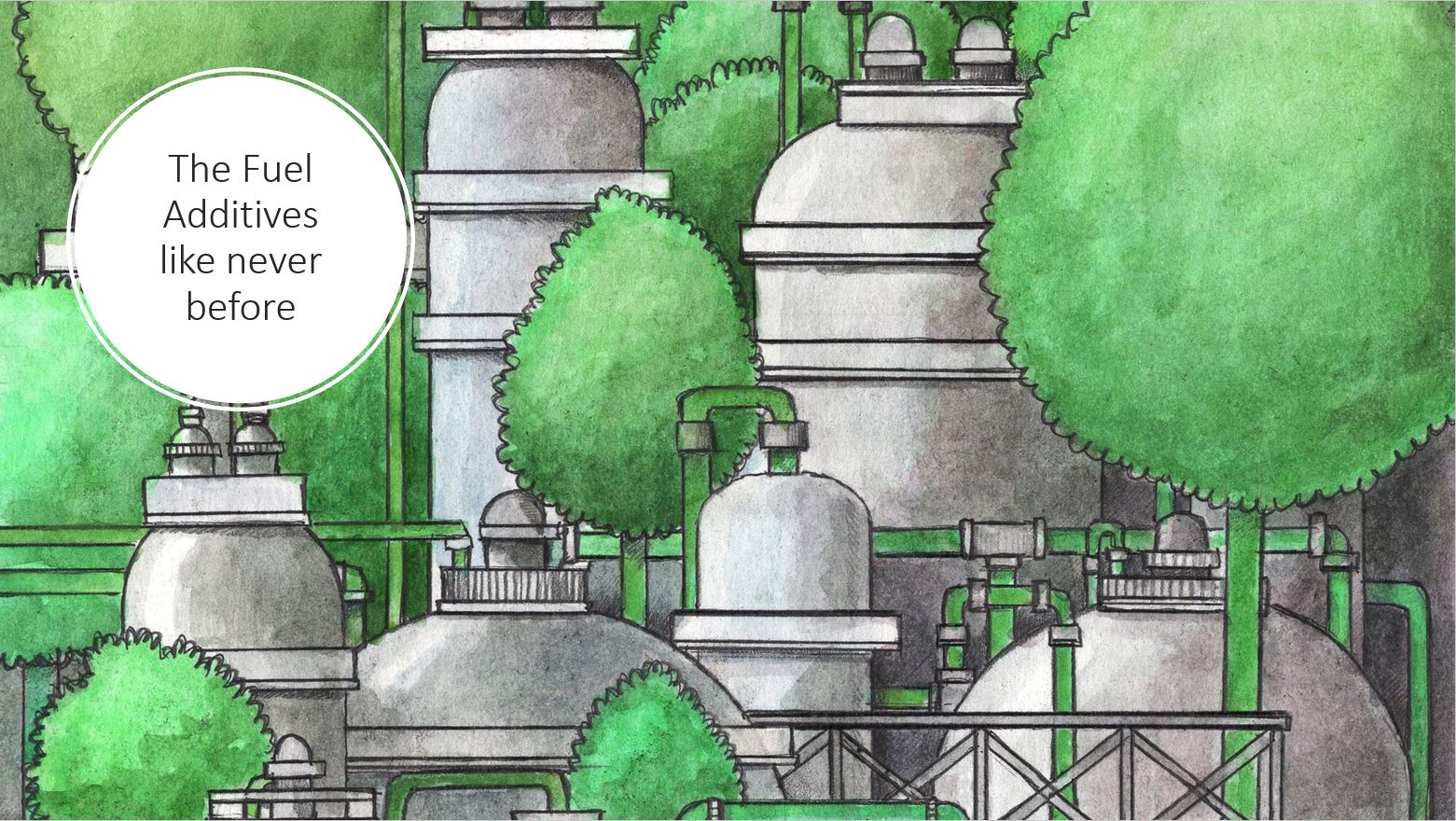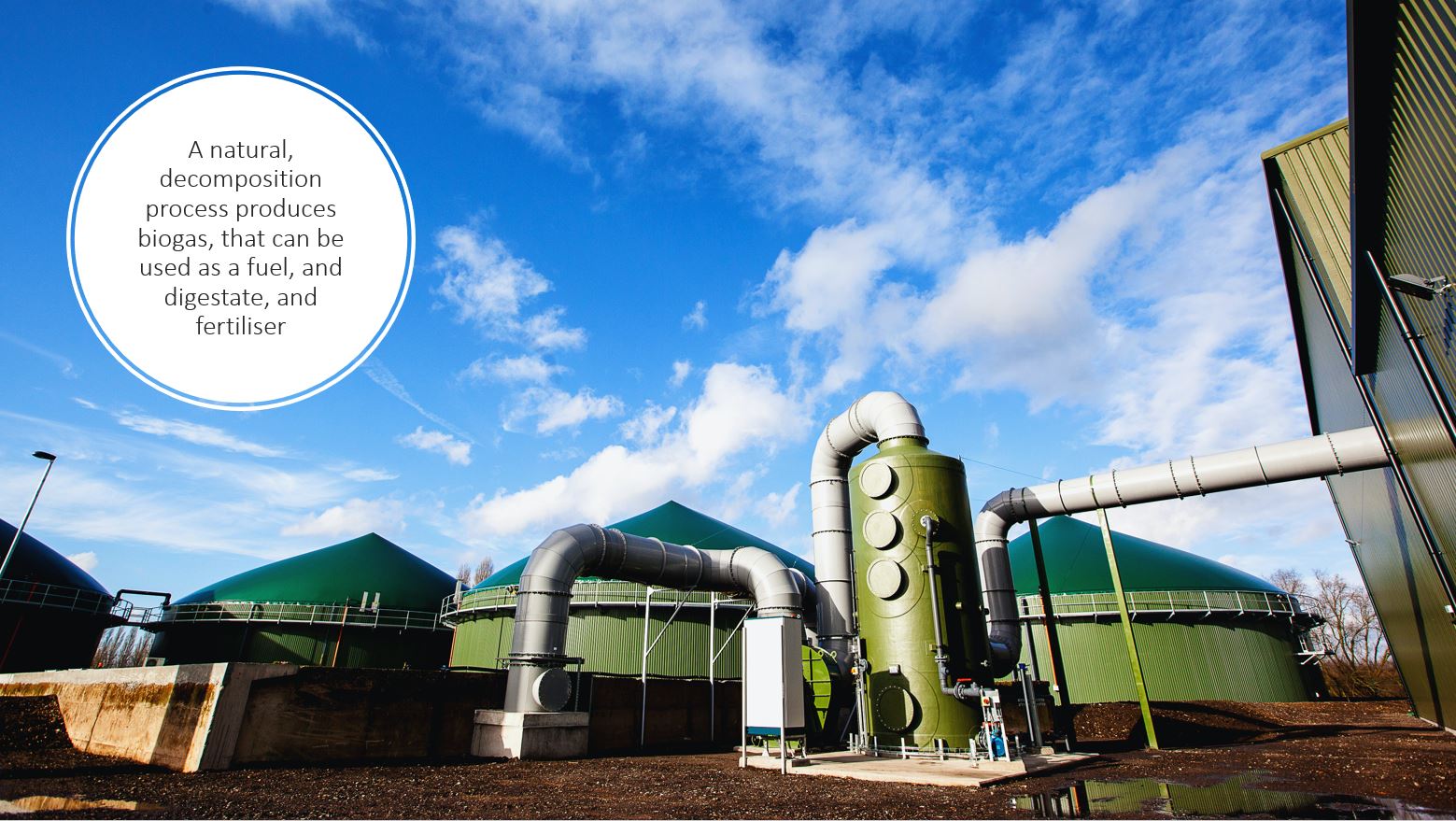Anaerobic Digestion (AD) is a natural, decomposition process. Through this process, biomass
(organic material that comes from plants and animals) is converted into a variety of resources
under oxygen free conditions. AD produces biogas, a methane rich gas that can be used as a fuel,
and digestate, a source of nutrients that can be used as a fertiliser.
The World Biogas Association (WBA), the trade body for the biogas industry, has issued a series
of recommendations on how governments, financial institutions and other key decision-makers can
support the industry in fulfilling its decarbonisation potential.
This follows on from the recent publication of WBA’s Global Potential of Biogas report, which
claimed that biogas, produced by anaerobic digestion, could reduce world greenhouse gas (GHG)
emissions by 12 per cent. The recommendations focus on the need to move away from fossil fuels
and invest in alternative energy sources by developing the anaerobic digestion (AD) and biogas
industry.
Biogas technology offers a means for efficient conversion of organic wastes into energy,
valuable biofuels and high quality fertilisers. Biogas production is a closed process with zero
greenhouse gas emissions, and thus, an efficient means of cutting down the emissions from waste
treatment.
Increasingly AD is being used to make the most of our waste by turning it into renewable energy.
It is widely used to treat wastewater and can also be used to treat other feedstocks, including
domestic and commercial food waste, manures and crops.
The biogas can be used to generate electricity and heat to power on site equipment and the
excess electricity can be exported to the National Grid. Other possible uses for the biogas
include injection to the gas grid and compressing it for use as a vehicle fuel.
A further by-product of the process is digestate, which is rich in nutrients such as nitrogen,
phosphorus and other elements required for healthy plant growth and fertile soil.
Digestate is a stable, nutrient rich substance and can be used for a range of products and
purposes: most usefully as a fertiliser, rich in nutrients, but also as a feedstock for biomass,
and in low-grade building materials, like fibreboard.
